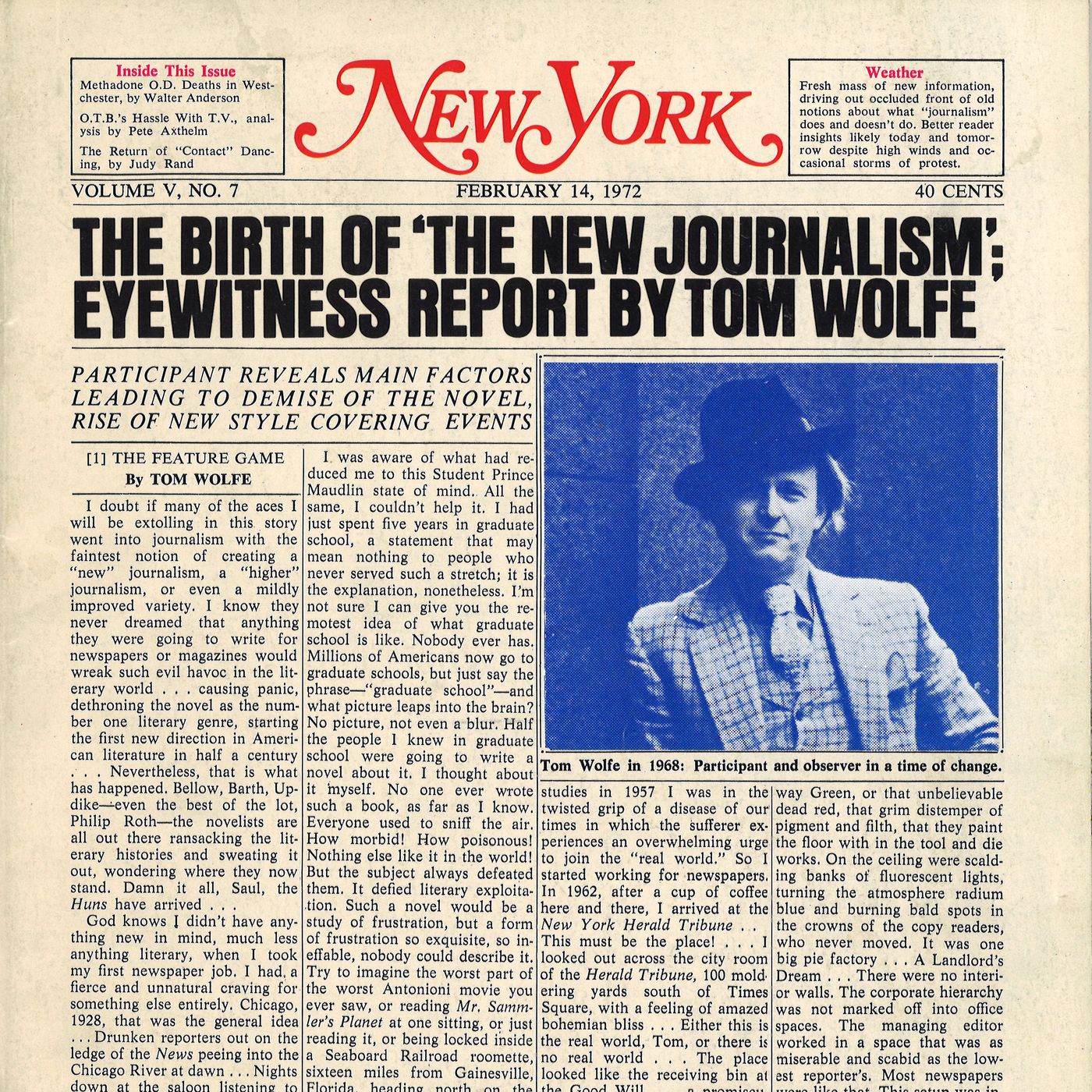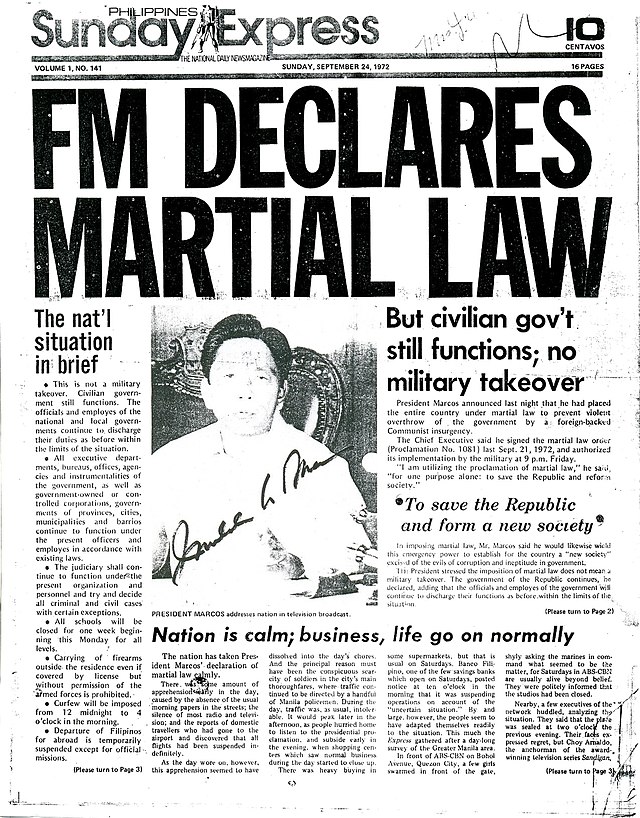News Articles Things To Know Before You Buy
Table of ContentsRumored Buzz on News ArticlesThe Basic Principles Of News Articles The News Articles PDFsNews Articles for BeginnersThe 6-Second Trick For News Articles
Excellent understanding of different subjects provides pupils an one-upmanship over their peers. Also though digital and social networks are easily easily accessible, we should not fail to remember exactly how vital it is to check out the papers. Moms and dads must try and instill the practice of checking out a newspaper as a day-to-day routine to continue the heritage of the revered print medium.Information tales likewise consist of at least one of the complying with crucial qualities relative to the intended target market: distance, importance, timeliness, human interest, peculiarity, or consequence.
Within these limits, information tales likewise intend to be extensive. Nonetheless, other elements are entailed, some stylistic and some stemmed from the media form. Among the larger and more revered papers, justness and equilibrium is a significant variable in presenting info. Discourse is typically confined to a separate section, though each paper might have a different general slant.
Newspapers with a global audience, for instance, tend to make use of a much more official style of creating. News Articles.; common design overviews include the and the United States Information Design Book.
The 8-Second Trick For News Articles
As a regulation, journalists will not utilize a long word when a brief one will certainly do. They utilize subject-verb-object building and construction and vivid, active prose (see Grammar). They use anecdotes, examples and metaphors, and they seldom depend upon generalizations or abstract ideas. News writers try to prevent utilizing the exact same word a lot more than when in a paragraph (occasionally called an "resemble" or "word mirror").
Nonetheless, headings often leave out the subject (e.g., "Jumps From Watercraft, Catches in Wheel") or verb (e.g., "Pet cat lady lucky"). A subhead (likewise subhed, sub-headline, subheading, subtitle, deck or dek) can be either a subservient title under the major headline, or the heading of a subsection of the short article. It is a heading that precedes the major message, or a team of paragraphs of the primary message.

of a write-up subject, source, or interviewee), it is referred to as a drawn quotation or pull quote. Additional signboards of any of these types might show up later on in the short article (particularly on subsequent web pages) to tempt further analysis. Journalistic internet sites in some cases make use of computer animation strategies to switch one signboard for another (e.g.
How News Articles can Save You Time, Stress, and Money.
Such billboards are also made use of as guidelines to the post in other sections his response of the publication or website, or as promotions for the piece in other magazine or websites. News release of the Swiss government. Regular framework with title, lead paragraph (summary in vibrant), other paragraphs (details) and contact details.

Example of a hard-lead paragraph NASA is recommending one more space project. The budget plan requests around $10 billion for the task.
An "off-lead" is the 2nd most crucial front page information of the day. To "bury the lead" is to begin the article with history information or details of second value to the readers, requiring them to review more deeply right into an article than they must have to in order to discover the important factors.
The Facts About News Articles Uncovered
Usual use is that one or more sentences each develop their very own paragraph. Reporters usually describe the organization or structure of an information tale as an upside down pyramid. The essential and most fascinating aspects of a tale are placed at the start, with sustaining details adhering to in order of diminishing significance.
It enables people to check out a subject to just the depth that their interest takes them, and without the imposition of details or nuances that they might think about pointless, however still making that info offered my explanation to a lot more interested visitors. The inverted pyramid structure also enables articles to be trimmed to any kind of approximate size during design, to fit in the space readily available.
Some authors begin their tales with the "1-2-3 lead", yet there are several kinds of lead readily available. This layout inevitably begins with a "Five Ws" opening paragraph (as described over), adhered to by an indirect quote that offers to support a major component of the initial paragraph, and after that a direct quote to sustain the resource indirect quote. [] A kicker can refer to numerous things: The last story in the information program; a "delighted" story to finish the program.
Longer articles, such as publication cover articles and the items that lead the inside areas of a newspaper, are recognized as. Feature tales differ from straight information in several means.
Not known Facts About News Articles
A feature's first paragraphs frequently associate an appealing minute or occasion, as in an "unscientific lead". From the details of an individual or episode, its sight promptly widens to generalizations concerning the tale's topic.

The Editor's Toolbox: A Referral Guide for Beginners and Professionals (2001) Allan M. Siegal and William G. Connolly. The New York Times Handbook of Style and Use: The Official Design Guide Made Use Of by the Writers and Editors of the World's Most Reliable Newspaper (2002) M. L. Stein, Susan Paterno, and R.